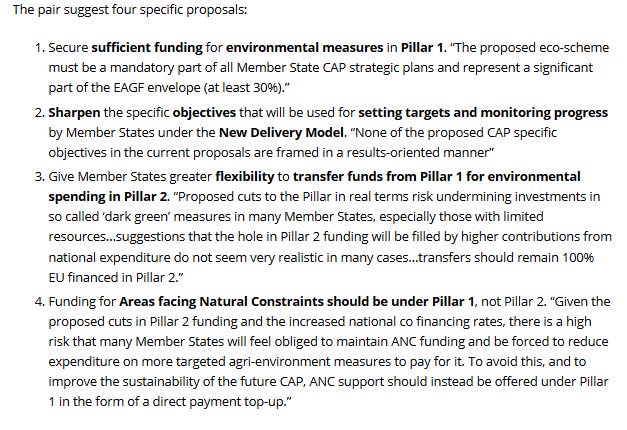is better than
“Your writing is always clear”
is better than
“You always present stuff that is half-baked”
is better than
“You are constantly interrupting people”
Don’t be that manager. You don’t need to do all the work perfectly, but you do need to do all the work.
Don’t make this mistake!












